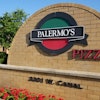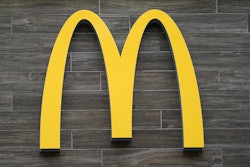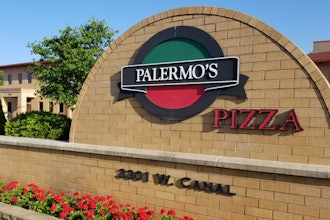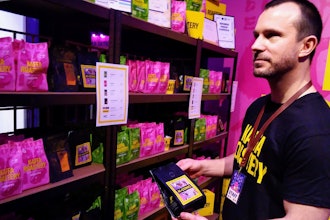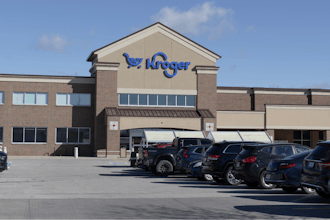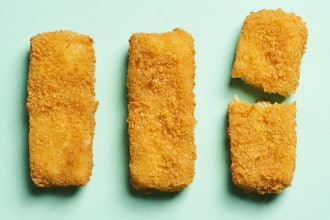Technology is changing the way we work, socialize and even manage pests. One of the most recent and impactful technology advancements in the pest management industry is the introduction of smart rodent traps or “remote monitoring,” as we like to call it. Think about it — a set of probing eyes and ears, working 24 hours per day, seven days a week in your food manufacturing facility or warehouse that identifies the exact moment a rodent enters a trap. Sounds helpful, right? Particularly when you consider Food Safety Modernization Act (FSMA) preventive control regulations and evolving third-party audit standards.
Remote monitoring technology is generating a great deal of conversation among pest management professionals, third-party auditors and commercial facility managers, particularly those involved with food distribution and storage. I have had the privilege of being involved with several manufacturers as they have gone through the process of designing, improving and implementing this innovative technology. At Wil-Kil, we’ve also had a remote monitoring program in place for clients for almost two years. That experience has given me unique insight into the different systems available, and some of the benefits and considerations of this technology.
The Technology
Remote monitoring systems come in a variety of designs and each has unique operating features. Some units send alerts when a rodent is caught in a snap trap and others react when a trap has been triggered — catch or not. Other systems engage when the bait is disturbed, or a rodent physically touches it. Still others use an infrared beam of light to detect a triggered snap trap or movement in a multi-catch device.
Depending on your facility’s environment, some remote monitoring systems may work better than others. For example, if you have an area of high traffic, it may be important to know if a trap was just bumped, or if it was triggered by a rodent inside the trap. It’s important for you and your pest management provider to discuss these different options if you are considering implementation of a remote monitoring system. It is also important to know that, like all integrated pest management solutions, there are benefits and considerations that must be understood and reviewed prior to moving forward.
Remote Monitoring Benefits
Deploying remote monitoring technology in food manufacturing or distribution facilities adds another preventive measure in the fight against rodents. Some benefits include:
- Real-Time Data — Remote monitoring technology provides real-time data on rodent activity inside a structure. With no delay in receiving valuable information, better-informed decisions can be reached using facts, not guesses.
- Prompt Response — With the data available sooner to both the client and service provider, decisions can be reached faster on what corrective actions need to be taken to remedy the situation. As we all know, time is critical when it comes to preventing disease-transmitting rodents from threatening food products.
- Preventive Measures — FSMA regulations stress the importance of prevention, and remote monitoring technology falls in line with that approach. The data produced supports an integrated pest management strategy and helps pest professionals design and deliver preventive rodent management strategies, instead of being reactive.
- — Deploying remote monitoring technology can free up time for quality assurance managers, inspectors and service technicians to perform the real work of pest management, including more comprehensive inspections, interacting with clients and identifying the root cause of pest issues.
Considerations
Introducing new technology to any rodent management program shouldn’t be rushed or done without considering its impact. Pest services providers, food manufacturers and distributors need to have an honest conversation about whether remote monitoring is a good fit for their budget and the specific needs of their facility. Some considerations include:
- Not An “End-All-Be All” — Remote monitoring alone will not prevent or eliminate rodents from entering a facility. It is one component of a more comprehensive approach to rodent management that includes exclusion, sanitation, cultural practices and traditional baiting and trapping efforts.
- Not For All Facilities — An effective rodent management program is customized to the specific needs of the facility. From building design and construction and the types of products processed or stored at the facility, to where the building is located (i.e. near a body of water), quality assurance managers and their pest providers must consider this information before deciding to go ahead with remote monitoring.
- Data Needs To Be Used Properly — The amount of data generated from remote monitoring can be overwhelming. Pest management professionals, quality assurance managers and plant managers must commit the time and resources needed to best utilize data.
Final Thoughts
Remote monitoring technology has the potential to change the way rodent management practices are conducted in food manufacturing and distribution facilities. By its design, it complements your existing programs and makes them even stronger, giving you greater peace of mind. While much is yet to be known about the full capabilities of remote monitoring, the underlying message is very clear: this technology is not rodent management as we have known it.
Shane McCoy is Director of Quality and Technical Training at Wil-Kil Pest Control.

